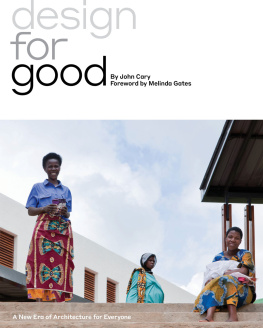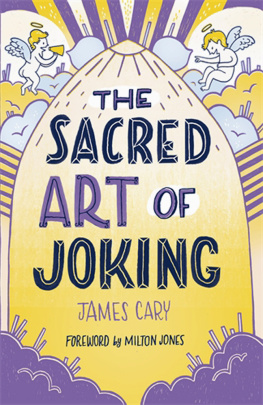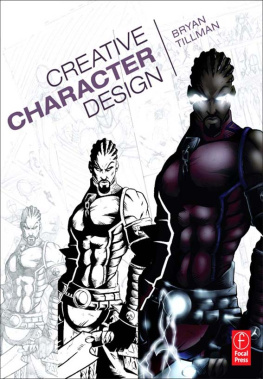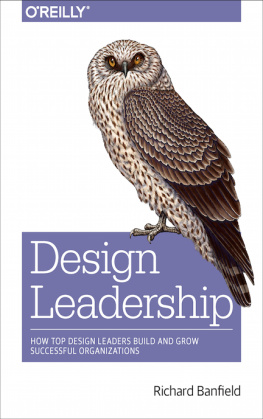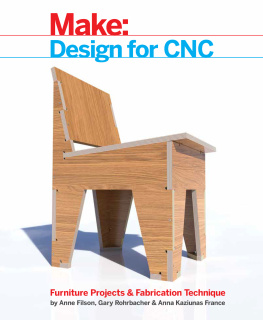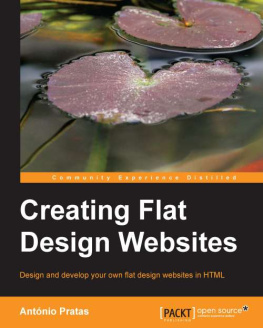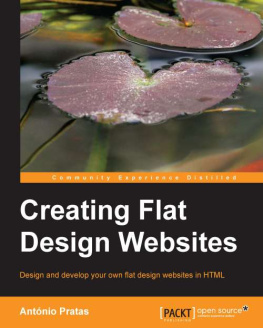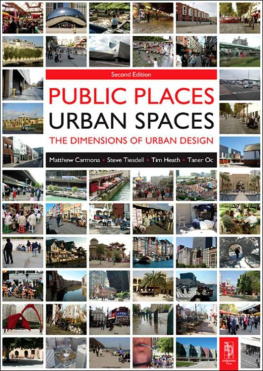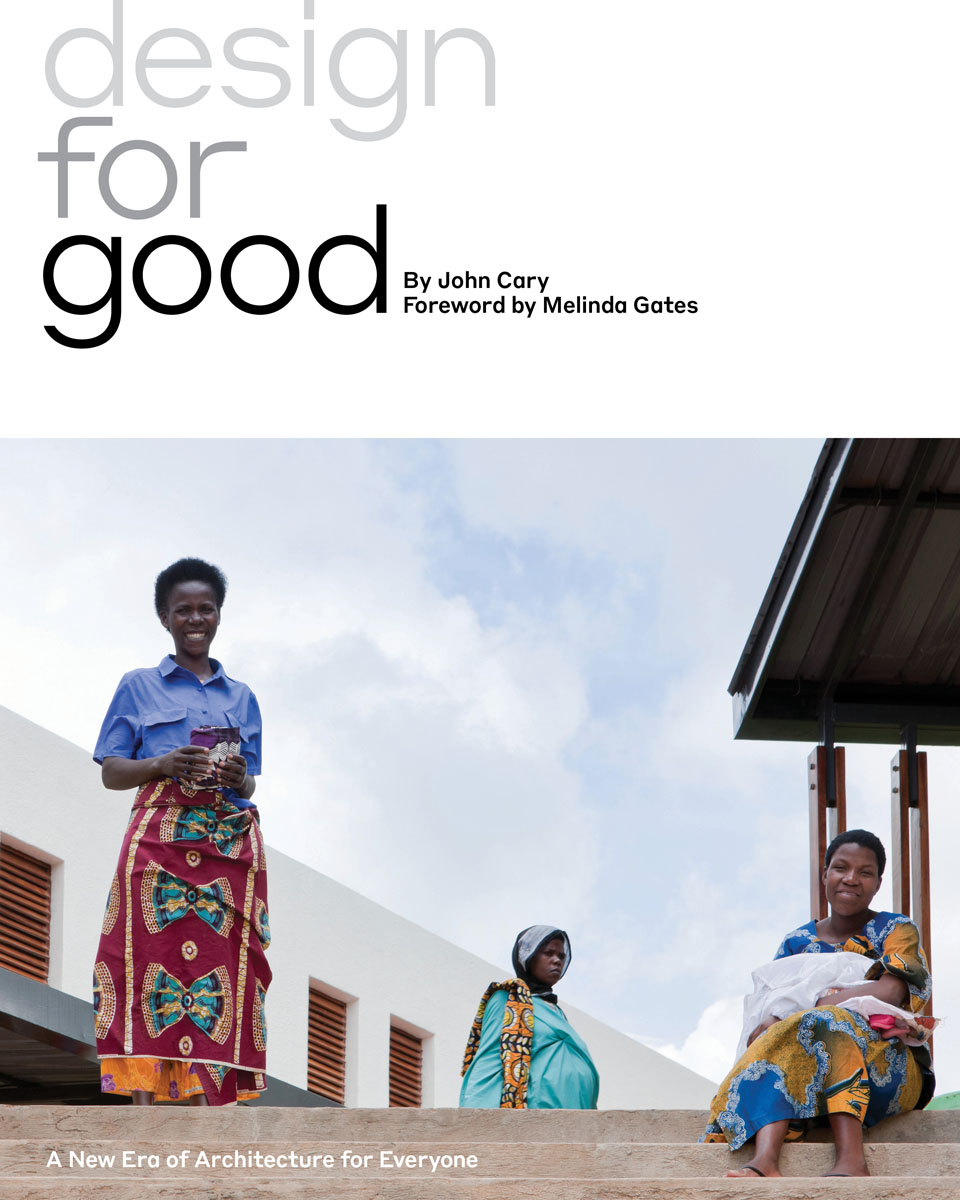
About Island Press
Since 1984, the nonprofit organization Island Press has been stimulating, shaping, and communicating ideas that are essential for solving environmental problems worldwide. With more than 1,000 titles in print and some 30 new releases each year, we are the nations leading publisher on environmental issues. We identify innovative thinkers and emerging trends in the environmental field. We work with world-renowned experts and authors to develop cross-disciplinary solutions to environmental challenges.
Island Press designs and executes educational campaigns in conjunction with our authors to communicate their critical messages in print, in person, and online using the latest technologies, innovative programs, and the media. Our goal is to reach targeted audiencesscientists, policymakers, environmental advocates, urban planners, the media, and concerned citizenswith information that can be used to create the framework for long-term ecological health and human well-being.
Island Press gratefully acknowledges major support of our work by The Agua Fund, The Andrew W. Mellon Foundation, The Bobolink Foundation, Center for the Living City, The Curtis and Edith Munson Foundation, Forrest C. and Frances H. Lattner Foundation, The JPB Foundation, The Kresge Foundation, The Oram Foundation, Inc., The Overbrook Foundation, The S.D. Bechtel, Jr. Foundation, The Summit Charitable Foundation, Inc., and many other generous supporters.
The opinions expressed in this book are those of the author(s) and do not necessarily reflect the views of our supporters.

Island Press mission is to provide the best ideas and information to those seeking to understand and protect the environment and create solutions to its complex problems. Join our newsletter to get the latest news on authors, events, and free book giveaways. Click here to join now!

Copyright 2017 John Cary
All rights reserved under International and Pan-American Copyright Conventions. No part of this book may be reproduced in any form or by any means without permission in writing from the publisher: Island Press, 2000 M Street NW, Suite 650, Washington, DC 20036.
Island Press is a trademark of The Center for Resource Economics.
Keywords: Affordable housing, architecture, community design process, design, dignity, green building, health-care design, healthy building, human-centered design, locally sourced materials, participatory design, public architecture, public health, public interest design, social equity, social impact design
This project was made possible in part by the generous support of the Curry Stone Foundation, the National Endowment for the Arts, and the Reis Foundation.
Library of Congress Control Number: 2017934969
All Island Press books are printed on environmentally responsible materials.
Manufactured in the United States of America
10 9 8 7 6 5 4 3 2 1
Designed by Pentagram: Paula Scher, Courtney Gooch
To Courtney Martin, who taught me that buildings are about people and people are about stories, and our friend Raymond Lifchez, who has dedicated his life to the social art of architecture.
Contents

Maternity Waiting Village in Kasungu, Malawi, by MASS Design Group, the University of North Carolina ProjectMalawi, and the Malawi Ministry of Health; completed in 2015.
Foreword
Melinda Gates
When I think about the power of design, I think of a visit I once made to a clinic that my friend Paul Farmer runs in Haiti. Paul met me at my car and walked me to the front door, stopping every few steps to greet a patient, offer a hug, ask about someones family. As we got closer to the building, a lovely garden with a canopy of flowing vines caught my eye. Paul mentioned that hed planted it himself.
In a country so burdened by poverty and disease, it was striking to think of a physician like Paul making the time to plant a garden. It was a kind gesture, but in the face of so much human suffering, it could also be mistaken for a small one.
Paul, of course, had his reasons. He planted this garden because he wanted his patients and their families to stand in the shade instead of the sun as they waited for care. He planted it because he believed they deserved comfort and the company of something beautiful. He planted it because he wanted more for them in every way possible, and he wanted them to be empowered to expect more for themselves.
When you think about it that way, the garden is no longer just a garden. Its a symbol of empathy, of optimism, of hope. It signals deep compassion and a principled refusal to compromise. That is the power of design.
As John Cary writes in these pages, design dignifies. It exists not for itself but for those whom it serves. It honors its userswho they are, where they are coming from, what they want to achieve. It proves that their preferences are important and that their voices have been heard. Great design starts with listening, and the product it produces is an expression of empathy.
Before Bill and I started our foundation, I spent a decade working at Microsoft, where I thought about design mostly as it applied to creating new, more user-friendly software. There, I learned that the most important choices we as designers could make were the ones that made our products more accessible to the user. Our research team spent countless hours talking to our customers, learning more about themtheir hopes, their frustrations, their comfort with new technologies. The insights they gained helped drive decisions like putting a big button that said Start prominently on the screen. For many people, that simple icon managed to transform the personal computer from a source of confusion into one of endless possibility.
Possibility fills the pages of this book as John takes us on a tour of clinics, schools, shelters, and community centers around the world. The spaces we visit are places where bodies will heal, communities will come together, and families will break the cycle of poverty. At each stop, John explains the thoughtful choices that went into creating these sites and gives voice to both the people who designed them and those they were designed for. These structures are intended to be not only landmarks in their communities but also milestones in the lives of the people who will use them.

Women gather and rest at the Maternity Waiting Village in Kasungu, Malawi.
As you turn these pages, let these stories come alive. Imagine what it would be like to be a woman in Malawi traveling from your remote rural home to a Maternity Waiting Village where you will spend the last, most dangerous days of your pregnancy safely within reach of expert medical care. Imagine your anxieties about giving birth someplace so far away and unfamiliarand your relief at arriving to find it is comfortable, beautiful, and even built with the contours of a pregnant body in mind.
Or imagine what it would be like to have suffered the insecurities of homelessness and the indignities of a life without privacybut now, finally, to have the simple satisfaction of hearing the door of your own home lock behind you, turned by your own key. Imagine watching a new community meeting space rise from the ground near your home, knowing that the gatherings that will take place there will add new texture to your life, perhaps drawing you into new friendships and beginnings.
Next page
